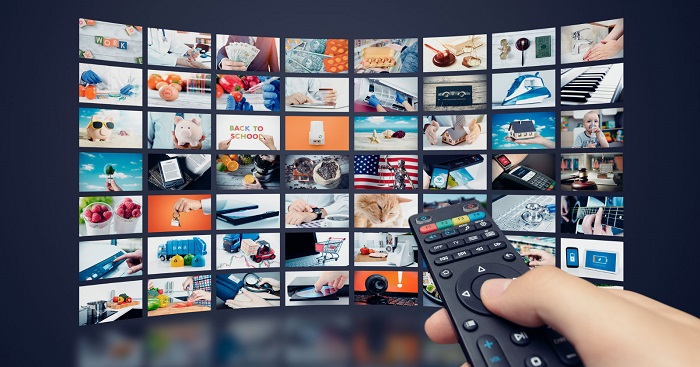Are Video Streaming Services Empowering or Homogenising Entertainment?
Streaming has empowered a wave of independent creators, giving voice to diverse narratives that might have been overlooked by traditional media outletshttps://hollywooddynamics.com/how-streaming-media-transforms-the-entertainment-industry/

In the age of digital media, streaming services like Netflix, Disney+, Amazon Prime Video, and Hulu have become household names, reshaping how we consume movies and television shows.
Their convenience and personalisation suggest a new era of empowerment for viewers and creators alike. However, there are concerns that this might also be leading to a homogenisation of content.
The facts
Streaming services have made entertainment more accessible than ever before. With just a few clicks, viewers can access a diverse range of content from anywhere in the world.
These platforms have bolstered the international entertainment industry, bringing foreign-language programs like “Squid Game” and “Money Heist” to global audiences. This globalisation of content allows for a more inclusive and diverse entertainment landscape.
The usage of video streaming services has experienced a remarkable surge in recent years.
According to Forbes’ estimations in 2020, the global subscriptions to online video streaming services amounted to approximately 1.1 billion.
Fast forward to 2023, this figure has soared to nearly 1.8 billion, showcasing a substantial increase in just a few years.
In terms of user penetration, statistics indicate that around 17% of the population was utilising video streaming services in 2023. Projections suggest that this number is anticipated to rise to 20.7% by the year 2027.
Furthermore, data reveals a notable trend in the United States, where a staggering 83% of households are subscribed to at least one streaming service. This marks a significant upsurge from the 52% recorded in 2015.
The arguments
While streaming services can tailor recommendations to individual tastes and introduce audiences to a broader range of content that may not have received mainstream attention, critics argue that the dominance of streaming platforms has led to a homogenisation of content.
This places a growing emphasis on formulaic franchises, reboots, and blockbuster spectacles at the expense of originality and diversity.
As streaming services invest heavily in high-profile productions to attract subscribers, there’s a risk of overlooking smaller, independent projects that may not have the same commercial appeal.
This concentration of resources on a select few titles can crowd out diverse voices and limit opportunities for emerging filmmakers and creators.
Furthermore, the reliance on algorithms and data-driven decision-making can reinforce existing biases and preferences, leading to a feedback loop that prioritises mainstream, commercially viable content over niche or unconventional fare.
This algorithmic-driven approach to content recommendation may inadvertently contribute to the homogenisation of tastes and preferences, stifling diversity and innovation in the long run.
While streaming platforms have undoubtedly expanded access to diverse content and provided a platform for underrepresented voices, there are concerns about the concentration of power and resources in the hands of a few major players.
Moving forward, streaming services need to strike a balance between catering to mainstream audiences and supporting diversity and creativity in content production.




